#medieval spain
Text
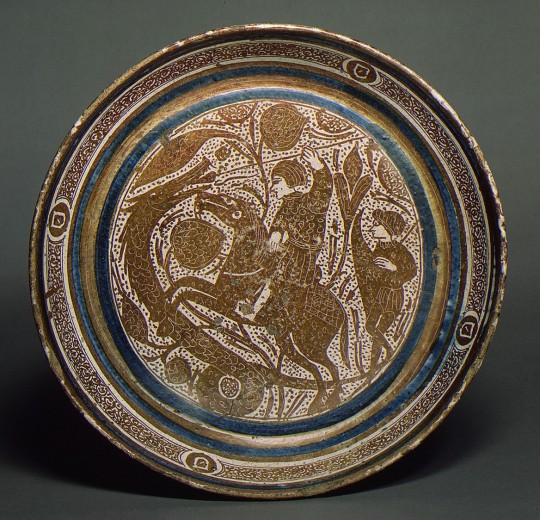



BEHOLD these beautiful dragon-themed plates from 15th-century Spain! These most likely come from the town of Manises, which was renowned for its lusterware. This type of pottery was heavily influenced by Islamic pottery, and the Spanish artisans who made these plates included both Muslims and Christians.
But anyway, DRAGONS!
These images come from the Metropolitan Museum of Art collection on JSTOR, which includes nearly half a million open access images for everyone.
3K notes
·
View notes
Text
35 notes
·
View notes
Text

Day 21: Knight - Berenguer Ramon II
I think it’s more painful if he loses his trial by combat despite being innocent of his own brother’s murder… And no one will ever believe him because of it :’)
#jenstober23#berenguer ramon ii#count of barcelona#medieval spain#medieval catalonia#knight#catalan tag#spain tag#11th century#history art#traditional art#inktober#inktober 2023#drawtober#drawtober 2023#artober#artober 2023#witchtober#witchtober 2023#twttwba#day 21
4 notes
·
View notes
Text
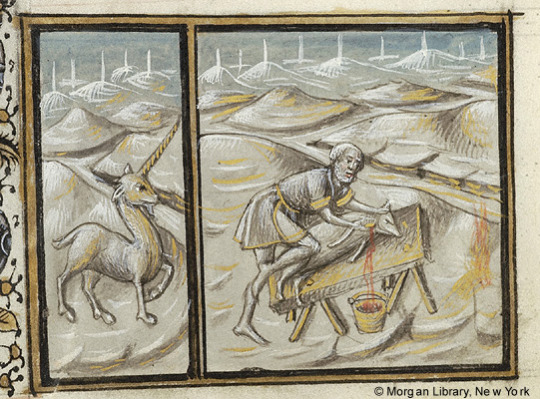
A unicorn for December
A unicorn (a representation of the Zodiac sign Capricorn) appears at the bottom of a calendar page for December, next to a depiction of the farming job associated with the month (butchering hogs).
Origin: Spain (Burgos or Segovia?)
Date: 1465-1480?
Now New York, Morgan Library, M.854 fol. 13v

#unicorn#medieval unicorn#unicorn capricorn#capricorn#greyscale#15th century#illuminated manuscript#manuscript#calendar#december#spain#medieval spain#spanish art
2 notes
·
View notes
Text
Michael A. Ryan. A Kingdom of Stargazers: Astrology and Authority in the Late Medieval Crown of Aragon. Ithaca, NY: Cornell University Press, 2011. Paperback edition. 214 pages.
Shop link in bio.
instagram
#astrology#astrological#late medieval#medieval spain#medieval history#medieval studies#occult#academic books#history books#bookseller#booksellers#Instagram
10 notes
·
View notes
Text
ALFONSU III
King of Asturias
THE GREAT
(born c. 848/49 - died 910)

pictured above is an imagined portrait of the King of Asturias, by Eduardo Cano de la Peña from 1852
-------------------- ~ -------------------- ~ --------------------
SERIES - Descendants of the Kings of Asturias: Alfonsu was King of Asturias from 866.
-------------------- ~ -------------------- ~ --------------------
ALFONSU was born around 848-49, on an unknown location at the Kingdom of Asturias.
His parents were Infante Ordoñu of Asturias and his wife Nuña, and he was a member of a branch line of the ASTUR-LEONESE DYNASTY. His name was ALFONSU ORDÓÑEZ, meaning Alfonsu son of Ordoñu.
By 850 his grandfather Ramiru I, King of Asturias died and his father immediatly succeeded as King Ordoñu I. And probably on his father's accession he became an INFANTE OF ASTURIAS.
When his father died in 866 he succeded as ALFONSU III, KING OF ASTURIAS, but a certain Count Froila from Galicia tried to usurp his throne. He then fled to Álava and was only able to regain control over Asturias a few months later, after Count Froila was killed.
However unlike King Nepocianu, the other defeated usurper of the Asturian throne, Count Froila is not considered to have been King of Asturias.
He married a certain Ximena around 860-70, so it is not known if he was already King or not at the time of his wedding. They probably had eight children (check the list below), at least five sons and three daughters.
As some sources believe that his wife was a Navarrese Royal, one of the daughters of Gartzia I Enekoitz, King of Pamplona and his first wife Urraka, the marriage could have been arranged as an alliance between Asturias and the newly established Kingdom of Pamplona.
Early in his reign he conquered Oporto (currently in Portugal) and for two decades he fought the Emirate of Córdoba, over old and new Asturian terriories, until they finally made peace around 884.
In the early 900s his internal problems began as his family started to rebel. Some sources believe that in 909 his eldest son Infante García tried to took the power with the support of his mother and brothers around 909 but was defeated and imprisoned.
However theses sources also believe that his family forced him to abdicate in 910, before his death, and the Kingdom of Asturias was divided between his eldest sons. After which the capital of the Kingdom was changed from Oviedo to the city of León.
The King of Asturias died sometime in 910, in Zamora, when he was returning from a battle, probably against his sons. He was probably already in his sixties.
-------------------- ~ -------------------- ~ --------------------
Though, sources diverge on when his sons took the power and divided the Kingdom. Some believe he was forced to abdicate before his death and others believe that his sons only inherited the Kingdom after his death.
Each of his three eldest sons received:
Infante García - received León, Álava and Castille and became known as King of León;
Infante Ordoñu - received Galicia and became known as King of Galicia;
Infante Fruela - received the remainder of Asturias, around Oviedo, and became known as King of Asturias.
-------------------- ~ -------------------- ~ --------------------
Check my posts on ALFONSU III's family, his Royal House and his Kingdom!
ALFONSU III and his wife XIMENA may have had eight children...
García I, King of León - husband of Muniadona;
Ordoñu II, King of León - husband first (possibly) of an unknown woman, second of Elvira Méndez, third of Aragonta González and fourth of Antsa Santxitz of Pamplona;
Fruela II, King of Asturias - husband first to Nunilo Jimena and (possibly) second of an unknown Muslim woman;
Infante Ramiro of Asturias - possible husband of Urraca;
Infante Gonzalo of Asturias - probably unmarried;
possibly Sancha Alfónsez - nothing is known about her;
possibly an unnamed daughter - nothing is known about her; and
possibly another unnamed daughter - nothing is known about her.
He was a member of a branch line of the Astur-Leonese Dynasty.
And was the King of Asturias between 866-900.
#alfonsu iii#king of asturias#middle ages#medieval spain#medieval europe#astur leonese dynasty#royals#royalty#monarchy#monarchies#asturian royalty#spanish royals#royal history#asturian history#spanish history#iberian history#european history#world history#history#reconquista#9th century#10th century#history with laura
9 notes
·
View notes
Text

he survives off echolocation alone
#how tf did he survive in medieval times#bro has the prettiest eyes as part of the Faustian bargain that he can’t actually see through em#I’ve never drawn France before but it wasn’t as bad as I thought it was gonna be#they’re at the beach beach :)#ninki minjaj…#hetalia fanart#hetalia#btt#bad friends trio#i actually have no idea what we’re calling them now#world’s fakest bitches <3#digital art#my art#fanart#hws prussia#hws spain#hws france#gilbert beilschmidt#antonio fernandez carriedo#francis bonnefoy
796 notes
·
View notes
Text
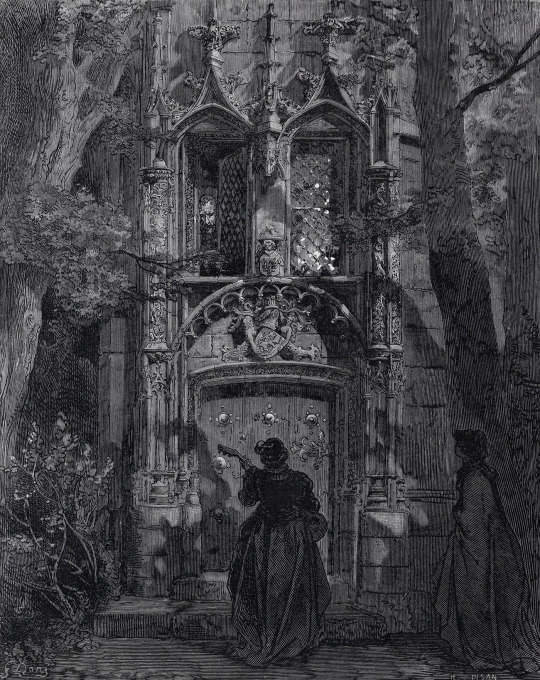
The Mock Serenade (Cervantes' Don Quixote) by Gustave Doré
#don quixote#serenade#art#gustave doré#miguel de cervantes#architecture#heraldry#chivalry#chivalric romance#spain#spanish#medieval#middle ages#knight errant#knight#knights#hidalgo#europe#european#don quijote#alonso quijano#alonso quixano#cervantes#coat of arms#gothic#history#serenades#romantic
560 notes
·
View notes
Link
The King of France had three daughters....
The youngest of them did her embroidery.
A dream came to her.
"I stood at the door, and beheld the full moon.
I stood at the window, and beheld the morning star.”
0 notes
Photo

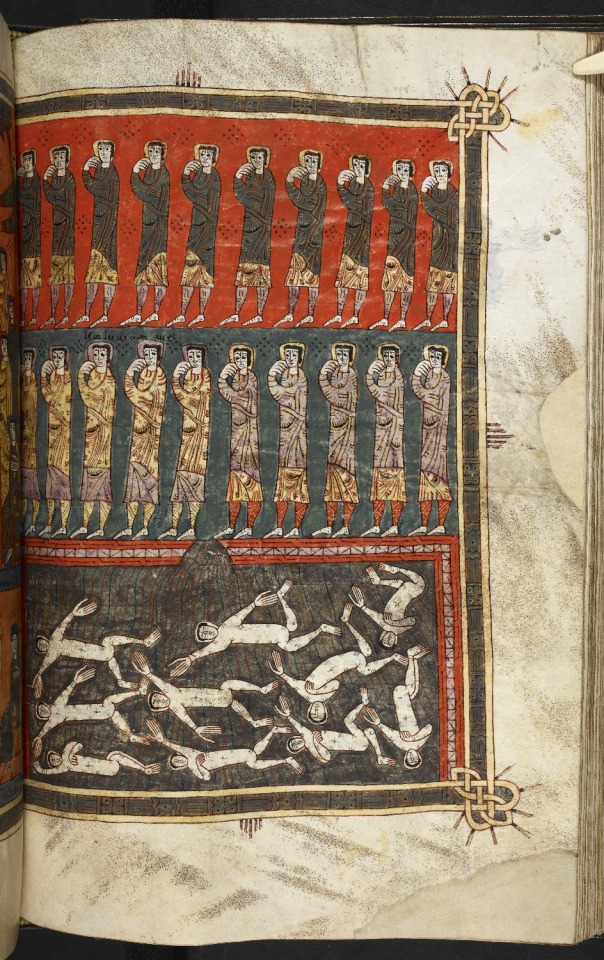
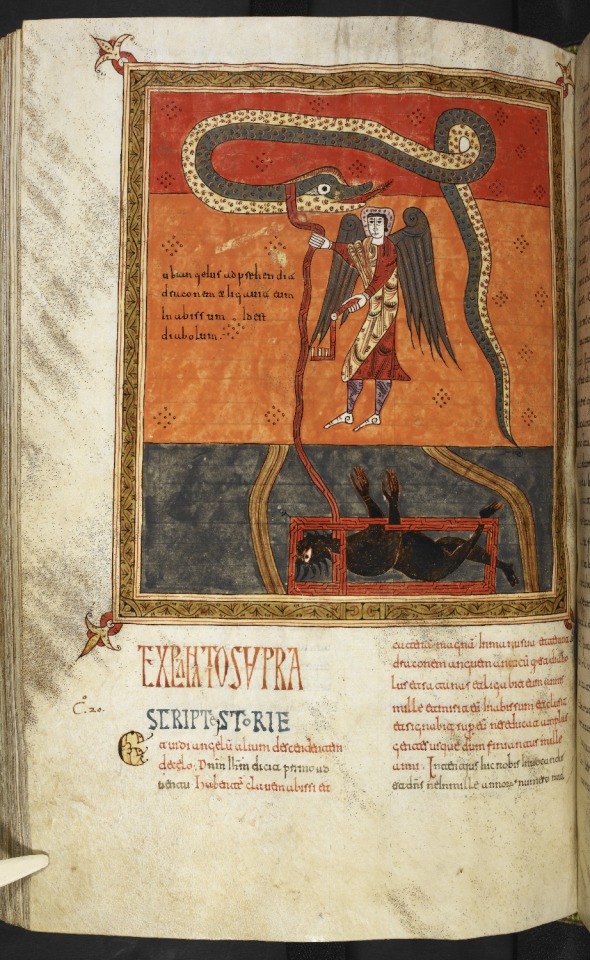



Beatus of Liébana, Commentary on the Apocalypse, Northern Spain, end of 10th century
Pages depicting the Last Judgement (top), the angel enchaining Satan (Revelation 20:1-3, middle left), angels restraining the four winds (Revelation 7:1-3, middle right), and the 144,000 chosen from the twelve tribes of Israel (Revelation 7:4-12, bottom)
British Library Catalogue of Illuminated Manuscripts (Additional 11695)
3K notes
·
View notes
Photo
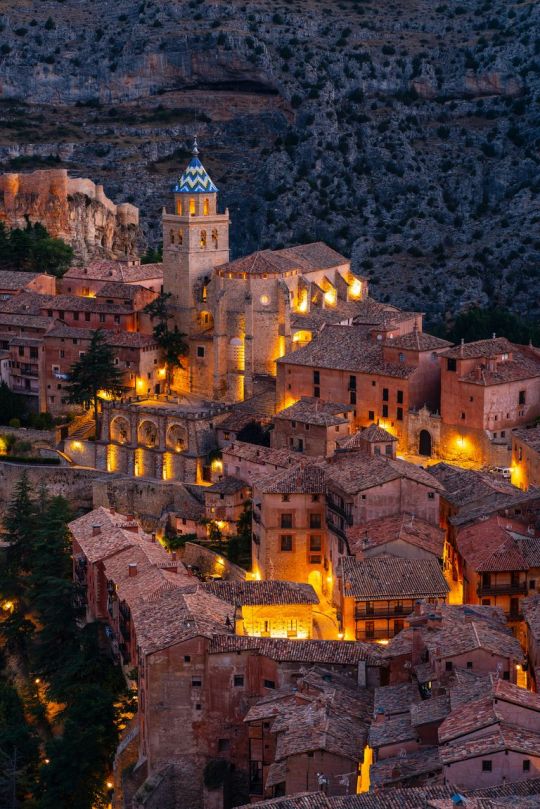
Albarracin - Teruel (Aragon), Spain
#aragon#teruel#spain#europe#medieval#albarracin#arch#medieval europe#narrow strteet#travel#wanderlust
2K notes
·
View notes
Text
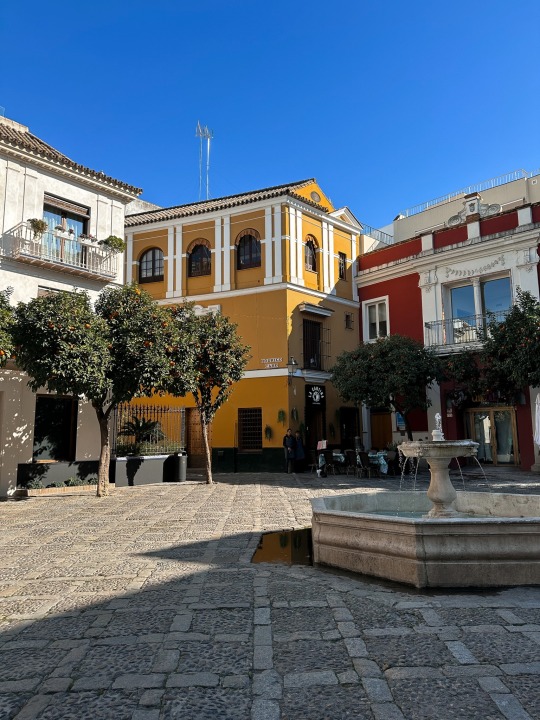

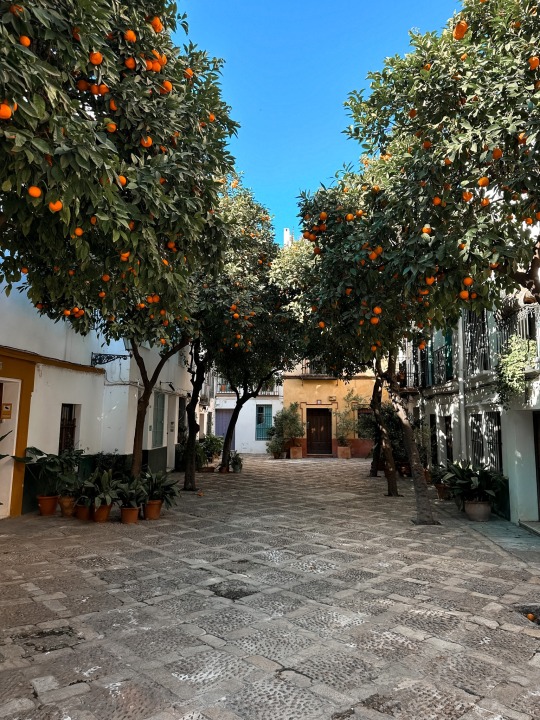

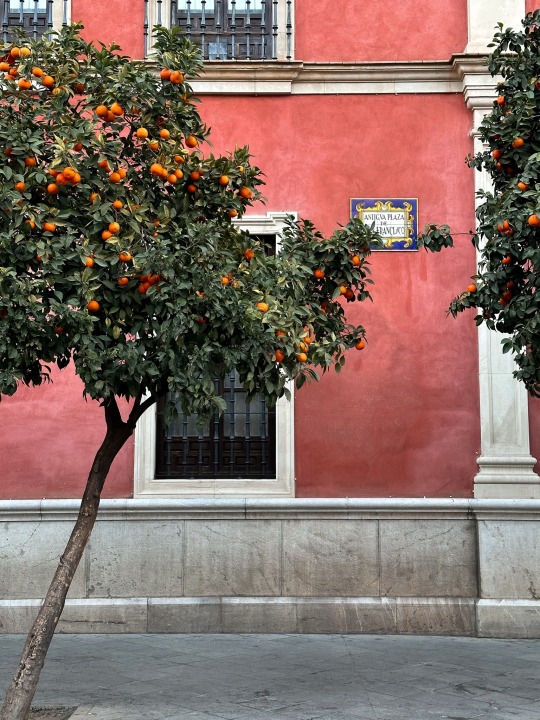
Seville (Spain)
#seville#spain#europe#travel#travel photoset#travelphotography#travel inspo#photography#view#architecture#city#landscape#nature#vsco#sky#travel photography#explore europe#cityphotography#medieval#cottagecore
912 notes
·
View notes
Text

Alcázar de Segovia - ESPAÑA
#alcazar de segovia#alcazar#segovia#castillo#medieval#castle#castilla y león#castile and leon#españa#spain#europe#europa
222 notes
·
View notes
Text
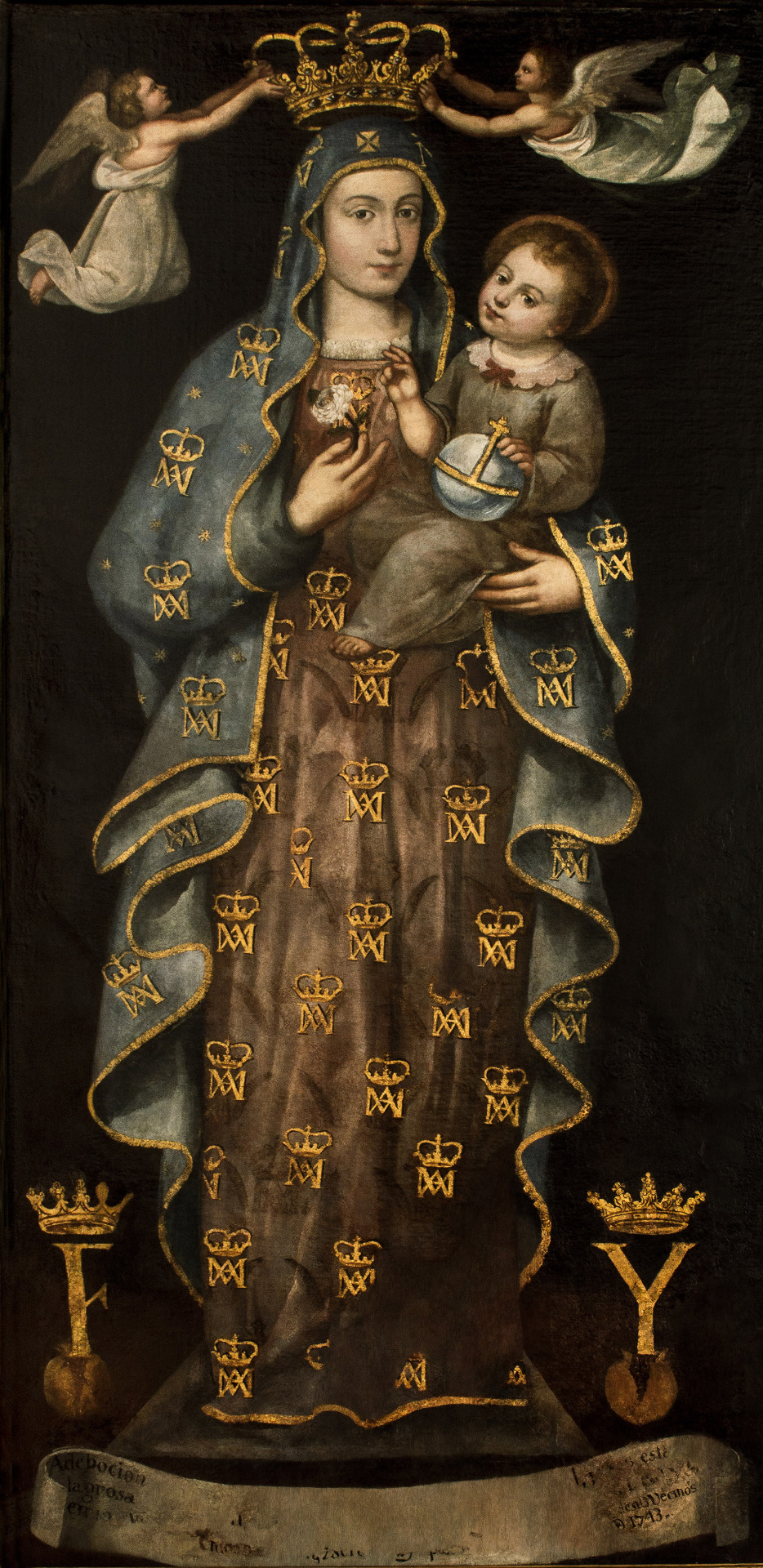
Spanish School, ca.1500
Virgen de la Antigua o de la Rosa
Museo de Bellas Artes de Granada
#spanish#spain#spanish art#hispanola#hispano#hispanic#art#fine art#medieval#medieval europe#mediterranean#european art#classical art#europe#european#oil painting#fine arts#europa#christian art#christianity#christentum#catholic#catholic art#catholicism#roman catholic#christian
232 notes
·
View notes
Text
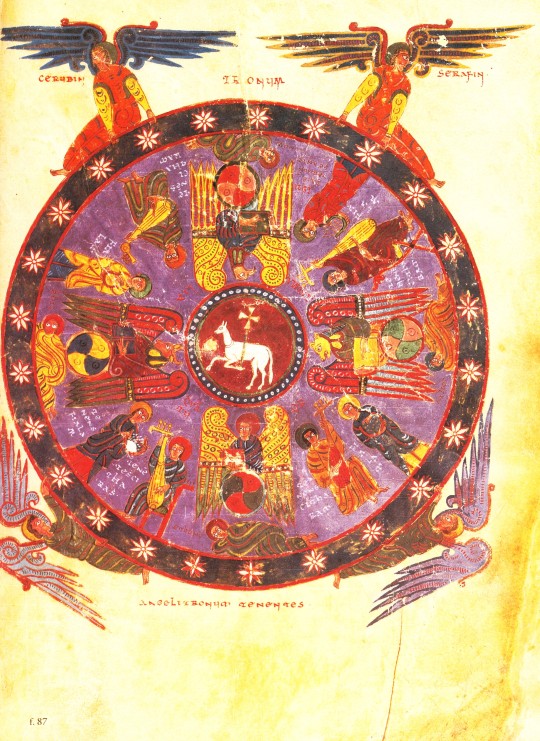

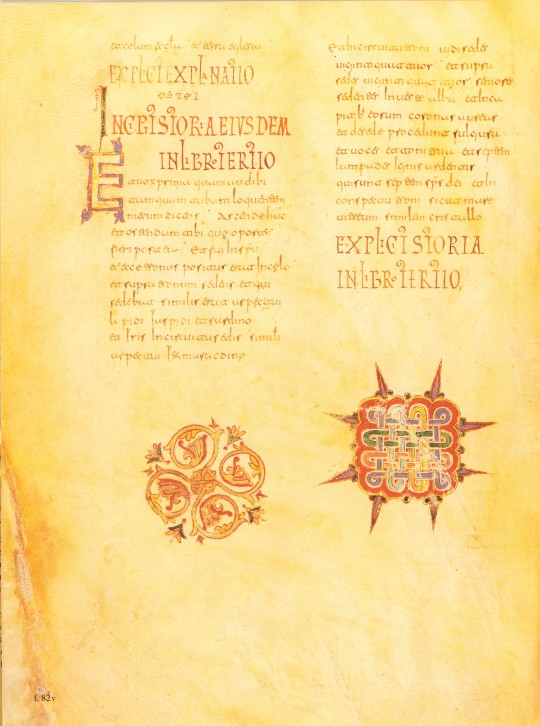
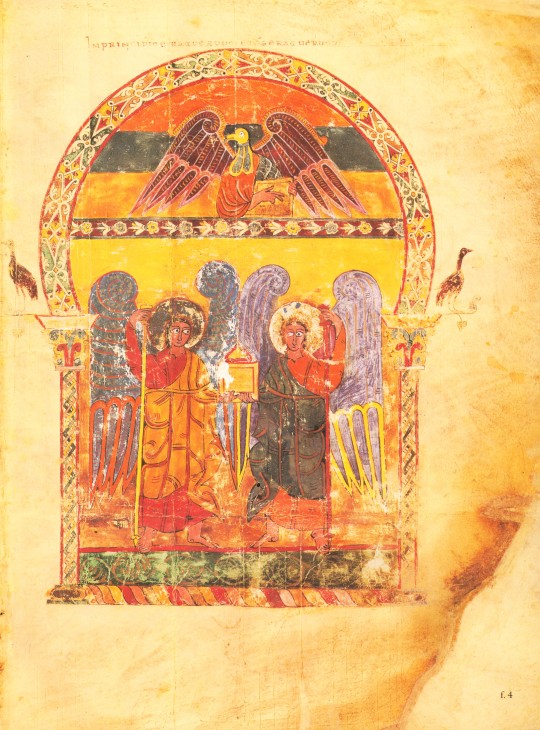




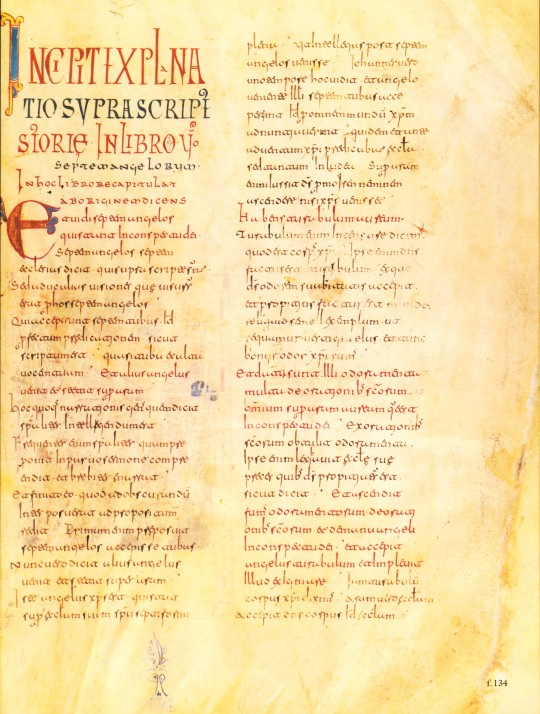
Welcome to Manuscript Monday!
In this series we will periodically focus on selections from our manuscript facsimile collection. Today we present selections from the Morgan Beatus Manuscript, reproduced as A Spanish Apocalypse, The Morgan Beatus Manuscript in New York by George Braziller, Inc. in association with the Pierpont Morgan Library in 1991. The original manuscript, made around 10th century CE at the scriptorium of San Miguel de Escalada in Spain by a monk named Maius, is the earliest surviving illuminated version of the monk Beatus of Liébana's commentary on the biblical Book of Apocalypse (also known as the Book of Revelation). The text of the Book of Revelation makes up the first part of the manuscript, and Beatus’s commentary comprises the second part. The Book of Revelation tells of the end-times in Christianity, during the final judgement of humanity by God. The story within this Biblical book was also seen by those living during the Latin medieval era as representative of the beginning of something new: God’s celestial kingdom. Due to this view of the book, many artists incorporated imagery from this part of the Bible in their work.
Produced in Al-Andalus, or Muslim-ruled Spain, the artistic style of this work combines both Muslim and Christian visual traditions to create a beautifully illuminated manuscript that supplements the commentary by the monk. This artistic style is known as the Mozarabic, which comes from the Arabic mustaʿrib, meaning ‘Arabicized’. Interestingly, this style of art can only be seen in Christian religious art and architecture from Spain at the time, as non-religious artistic objects made by Christians look so similar to Islamic versions of the same works that they cannot be identified as intentionally Christian. Some key Islamic artistic elements within the manuscript include buildings with horseshoe arches, intricate geometric and vegetal patterns as borders for larger images, and the large, bulging eyes of the illustrated animals.
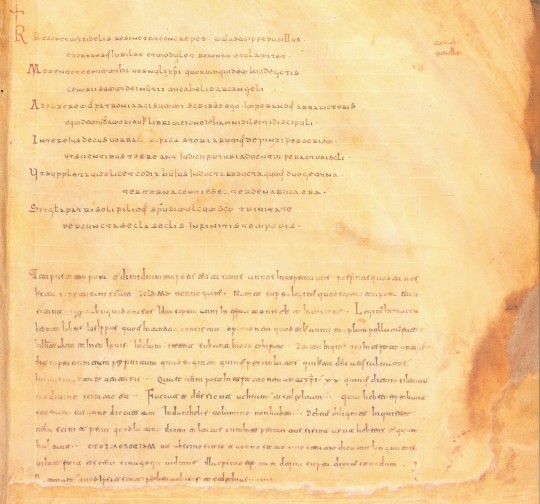
Another interesting aspect of this specific manuscript is the colophon at the end of the manuscript. It tells readers about the circumstances surrounding the creation of this book, including the maker, the patron, the year it was made, and an explanation about why Maius created the manuscript ("I write this . . . at the command of Abbot Victor, out of love for the book of the vision of John the beloved disciple. As part of its adornment I have painted a series of pictures . . . so that the wise may fear the coming of the future judgement of the world's end."). Colophons in medieval manuscripts are not usually as detailed, so the inclusion of all this information contributes greatly to the knowledge and history surrounding the Morgan Beatus Manuscript.
View more Manuscript Monday posts.
– Sarah S., Special Collections Graduate Intern
#manuscript monday#manuscripts#morgan library#morgan beatus manuscript#Beatus of Liébana#Spain#Christian art#Mozarabic#Islamic art style#facsimilies#Spanish art#Medieval art#Spanish medieval art#A Spanish Apocalypse#George Braziller#illuminated manuscripts#Sarah S.
132 notes
·
View notes
Text
BERMUDO II
THE GOUTY
King of León
(born c. 953 - died 999)

pictured above is an imagined portrait of the King of León, by Gerónimo Fresno from 1851
-------------------- ~ -------------------- ~ --------------------
SERIES - Descendants of the Kings of Asturias: Bermudo was a great-great-grandson of Alfonsu III, one of the last Kings of Asturias from 866. Also, his great-grandfather Ordoñu II, King of León is considered to have been King of Asturias from 914, though he kept his base at León.
-------------------- ~ -------------------- ~ --------------------
BERMUDO was born around 953, at an unknown location in the Kingdom of León. His father was Ordoño III, King of León but his mother's identity is uncertain. To this day his origins are a mistery as it is not certain if he was born legitimate or illegitimate.
Some sources that consider him to have been legitimate believe that his mother was his father's recorded wife Urraca Fernández.
Though other sources believe that he was born during the period in which his father was separated from Urraca. So, to support his legitimacy they believe that his father could have married another unrecorded woman.
And another theory is that his mother was a mistress of his father, a certain Elvira.
He was a member of the Ordóñez Dynasty branch of the ASTUR-LEONESE DYNASTY, either from the legitimate or an illegitimate line.
His name was BERMUDO ORDÓÑEZ and as his legitimacy is not certain it is not known if he was considered an INFANTE OF LEÓN from birth.
Nothing is known of his early life, except that when his father died in 956 his half-uncle inherited the throne as King Sancho I. And it is believed that he lived at the Leonese court during the reign of his first cousin King Ramiro III, who inherited the throne in 966.
Probably before 981 he married a certain VELASQUITA, of uncertain origins, and they possibly had one daughter (check below). Sources diverge on who could have been her father, but as it is widely believed that her name was Velasquita Ramírez she could have been of Galician nobility as one of the daughters of Ramiro Menendiz and Adosinda Guterres.
There are also sources that believe that his wife could have been an unrecorded daughter of a previous Monarch of León, but these theories cannot be proven. These sources say that she could have been a daughter of either:
King Ordoño IV and most certainly his recorded wife Urraca Fernández (one of the womans believed to be the mother of Bermudo, so if this theory is correct Bermudo's mother must be another woman);
King Ramiro II and probably one of his wife's, either Adosinda Gutiérrez or Urraka Santxitz of Pamplona; or
King Ramiro III and his wife Sancha Gómez.
Also, another source suggests that his wife was one of the daughters of García Fernández, Count of Castile and Ava of Ribagorza.
It is believed that he married Velasquita before 981 because around 981-82 he was proclaimed and crowned as a rival KING OF GALICIA, by the nobility of Galicia and Portugal that was unsatisfied with the government of his cousin King Ramiro III.
His proclamation led to war between Galicia-Portugal and Castile-León, and the Kingdom of León was divided in two factions until the death of King Ramiro II in 985.
After his cousin died he succeeded as BERMUDO II, KING OF LEÓN, possibly because his cousin did not have legitimate heirs.
However peace between the two factions was not immediately achieved and he relied on the protection of the Caliphate of Córdoba, leaving to more dissatisfaction amongst the nobility over the next years. And over the years he also had to fight Muslim invaders.
Some sources believe that he repudiated his wife after Christmas Eve of 988, because that was the last time she was mentioned in a chart.
By 991 he married for a second time to ELVIRA, of Castilian nobility, and they possibly had four children (check the list below). She was one of the daughters of García Fernández, Count of Castile and Ava of Ribagorza, and according to some sources a sister of his first wife. He also had many illegitimate children.
At the end of his life his gout got worse and the King of León died in 999, at El Bierzo. He was probably in his fourties.
-------------------- ~ -------------------- ~ --------------------
Following his death he was succeeded by his eldest legitimate son as King Alfonso V. However as his son was aged around five, his second wife Elvira and her brother Sancho García, Count of Castile tried to govern the Kingdom of León.
-------------------- ~ -------------------- ~ --------------------
BERMUDO II had one child with a certain VELASQUITA... either his first wife or a mistress...
Cristina Bermúdez - wife of Ordoño Ramírez.
With his second wife ELVIRA he may have had four children...
Sancha Bermúdez - a nun;
Teresa Bermúdez - possible wife of Abdullah, King of Toledo or Almnswr bin Aby Eamr;
Alfonso V, King of León - husband first of Elvira Méndez and second of Urraka Gartzeitz of Pamplona; and
possibly Elvira Bermúdez - probably married.
And he had many illegitimate children...
Pelayo Bermúdez - probably unmarried;
Ordoño Bermúdez - husband of Fronilde Peláez;
Bermudo Bermúdez - probably unmarried;
Piniolo Bermúdez - probably unmarried;
Elvira Bermúdez - possible wife of Nuño García;
Sancha Bermúdez - probably married.
It is not certain if Elvira was her daughter or an illegitimate offspring of her husband.
After King Bermudo II died in 999, Elvira may have acted as Regent for her son King Alfonso V with the support of her brother Sancho García, Count of Castile, although the real power was exercised by Mendo Gundisalviz, Count of Portugal.
By the mid 1010s her influence over her son may have decrease and she died in 1017, in an unknown location.
-------------------- ~ -------------------- ~ --------------------
Check my posts on BERMUDO II's family, his Royal House and his connections to the Kings of Asturias!
He was born a member of the Ordóñez Dynasty branch line of the Astur-Leonese Dynasty.
In a span of five generations, ORDOÑO III was related to the Kings of Asturias through his father…
His father was Ordoño III, King of León.
His grandfather was Ramiro II, King of León.
His great-grandfather was Ordoñu II, King of León - possibly the King of Asturias between 914-24.
His 2x-great-grandfather was Alfonsu III, King of Asturias - the King of Asturias between 866-910.
#bermudo ii#king of león#middle ages#medieval spain#medieval europe#astur leonese dynasty#royals#royalty#monarchy#monarchies#asturian royalty#spanish royals#royal history#asturian history#spanish history#iberian history#european history#world history#history#reconquista#10th century#history with laura
4 notes
·
View notes